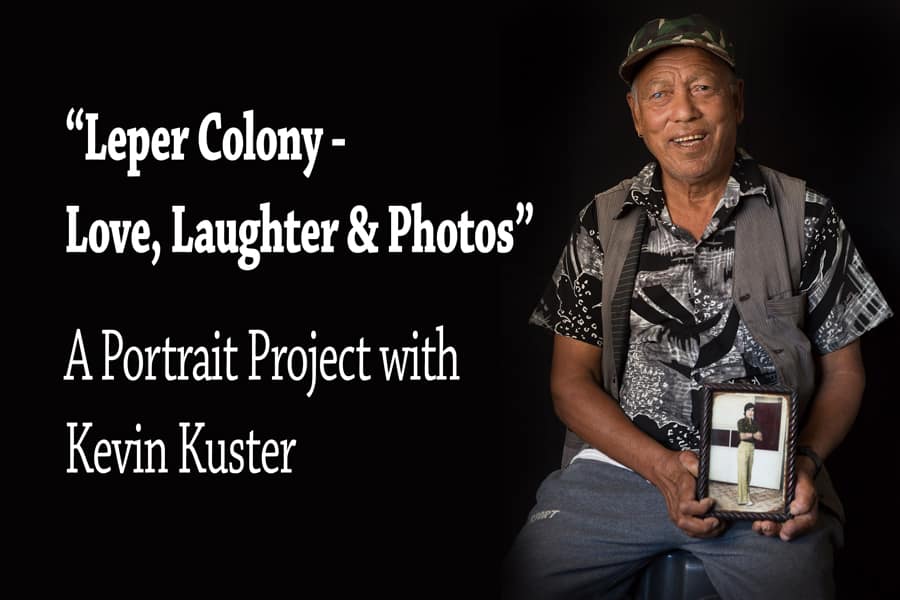
Consider a life without photographs. Your entire existence is chronicled only by memory and words. You have no pictures. No baby photos, nothing from your wedding or graduation, and certainly no selfies. If you are born into privilege (or catch a little lucky), then you have one photo, a framed portrait with its permanent place as the centerpiece of your belongings, a proud symbol of your worth and dignity as a human.
What could be the premise for a dystopian novel is the reality of the Khokana Leprosy Colony in Kathmandu, Nepal. The residents of the colony are at the center of photographer Kevin Kuster’s charity initiative titled “Leper Colony – Love, Laughter & Photos.” Kuster visited the colony in October 2016, delivering solar light devices as part of a mission with Watts of Love.
During his visit to the colony, Kuster met one resident who was the catalyst for the “Leper Colony – Love, Laughter & Photos” project. The resident could not wait to bring Kuster to his room to show him one of his few possessions: a framed portrait of himself as a young man before his exile to the colony. “He wanted to show me what he looked like in the prime of his life,” Kuster recalled, “The sense of pride he had; the man was saying, ‘Don’t just see me as who I am now. I want to share my entire experience.’ That’s what inspired the whole project.”
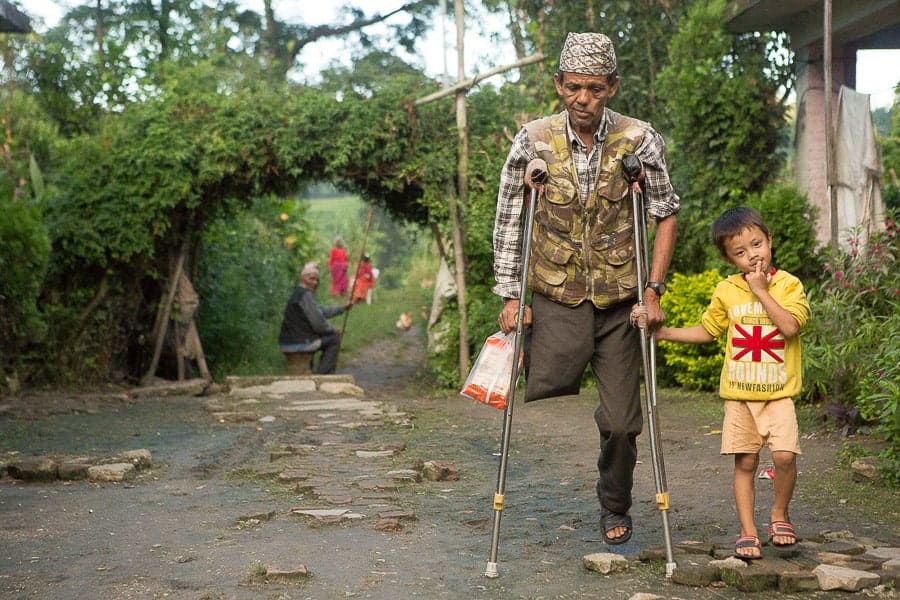
Combining his years of photography experience with his desire to bring a sense of dignity and pride to each colony resident, Kuster specifies two goals for the project:
- To take an original framed portrait to each resident of the Khokana Leprosy Colony.
- To bring public awareness to leprosy and its curability.
“The project is about humanity, people, and photography,” Kuster said during our interview in mid-December 2016. “The human mind thinks in photos. The human mind doesn’t think like a video or a film. Think about the extreme, powerful moments in your life. We have a snapshot. That’s the power, that’s the value of a photograph.” Consider that many of the colony residents had never owned or even seen a photo of themselves. Many residents in their 60’s, 70’s, and 80’s were brought to the colony as young children. They have never been photographed, never been given a single print.
Jim Harmer and the Improve Photography team support Kuster’s mission to bring photography to the Khokana Leprosy Colony.
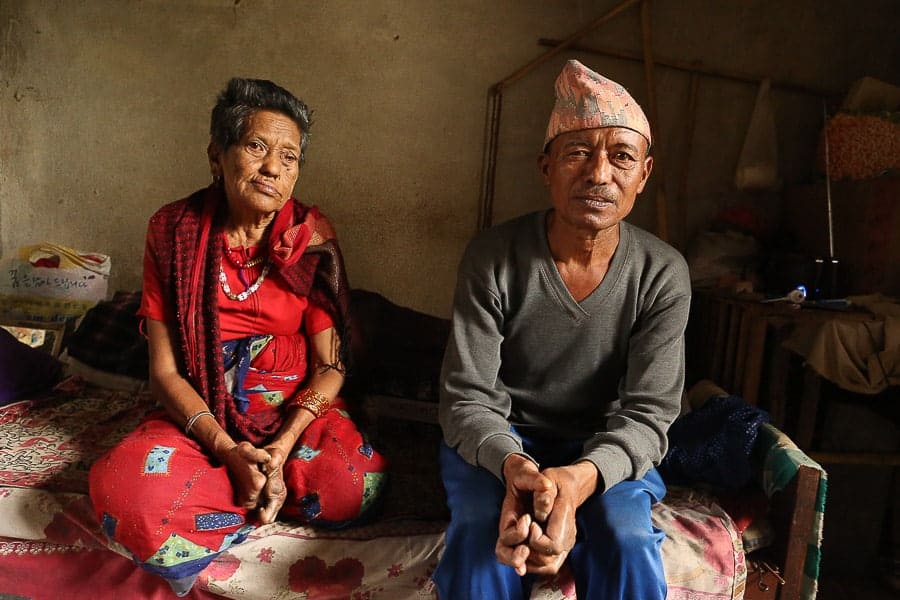
Photographing the Residents
Prior to traveling to Nepal, Kuster's research showed him that people affected with leprosy are often photographed in a dark, somber, dreary manner. Kuster said, “Sometimes photographers only explore the first level of these subjects' story. Many would see these photos and only think they have a terrible life. Some capture their photo, objectify them, and leave. I didn’t want to do that.”
During the mission with Watts of Love, Kuster visited with the colony for three days, talking, interacting, hugging, and laughing together. They became friends. With that friendship and time together came freedom and trust. The trust was essential because in Kuster’s eyes “it was obvious that no one wanted to be photographed. They’re very aware of missing fingers and hands and eyes and limbs. I was a complete stranger with this big DSLR, and they were not comfortable being photographed.”
Kuster knew he could bring joy through photography to the residents. With time and friendship on his side, Kuster showed the residents a candid photograph of a Kuster’s sister and a resident hugging and smiling, a snapshot of joy and beauty. When the residents saw that photo, the reaction was profound. In the photograph, Kuster showed them a deeper sense of humanity and the joy in their lives.
As Kuster continued to befriend the residents, he began the portrait project. Kuster wanted the portrait to be about each resident, not where they live or the difficult condition of their life. “I want the focus to be on their personality, smile, and humanity. The photo is for them. I wanted to photograph them like I would photograph a client, relative, or friend.”
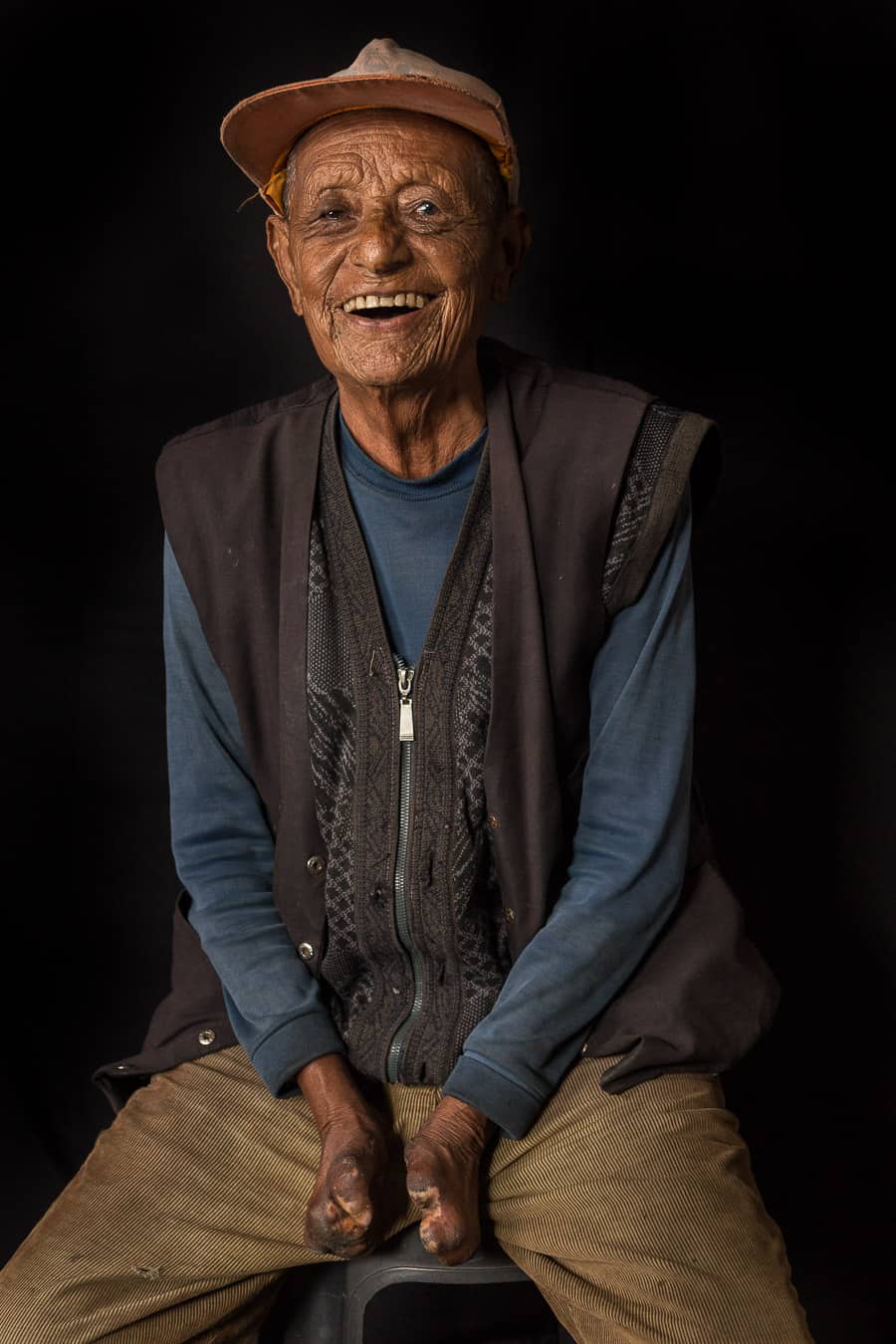
The Portrait Process
With a simple black fabric backdrop purchased in a Nepali textile shop, Kuster photographed as many residents as he could during his October visit. Kuster used a single Yongnuo flash, an umbrella, a Canon 5DMarkiii, and the Canon 24-70mm f/2.8 lens.
“I got very lucky that I had so little equipment with me,” Kuster said. “When I was at Playboy, if you didn’t have 25 flash heads going off at one time, you weren’t making a good photo. Now I think, ‘Less, less, less.’ The more equipment I have, the more I think technically and the less I think creatively.”
Kuster didn’t want the portraits to be about him as a photographer or him as a lighting master. The goal was simplicity, for with simplicity in minimal lighting Kuster could stay present with each person.
“Had I had more equipment,” Kuster recalled, “I would’ve lit it differently, and it would’ve been wrong. I would have asked myself, ‘Do I need an edge light, a hair light, a little more fill in the shadows?” Kuster’s portraits are not meant for other photographers to analyze for technique. The portraits are for the residents, to give them that powerful sense of worth and history, to show that their story and existence matters.

The Importance of Time and Attention
Kuster told me the story of two residents he photographed. The two men came to the colony office where Kuster had set up his makeshift studio. The two men arrived wearing aged, worn Nepali hats. They also each came with a box filled with tissue paper. Delicately wrapped in the tissue paper were brand new hats. The two residents put the hats on their heads and prepared for their portraits.
This simple moment could have slipped by unnoticed, just a change in wardrobe before the shutter click. But Kuster did not let the moment pass. He stopped the session and asked them to explain why they were changing their hats. The two men explained that this portrait was a moment for them about honor and dignity. The hat was for a special occasion. The portrait, for them, was special and held tremendous value.
Kuster knew in that moment the importance of these portraits. Kuster recognized then that he had been given the honor of telling their story. With the “Leper Colony – Love, Laughter & Photos” project, Kuster wants to do their story justice. “I want their story to be told, to show that leprosy exists, and show the world that it’s curable. People in 2016 are diagnosed with leprosy, and shipped away and put in colonies for the rest of their lives.” Kuster hopes this project and the portraits bring awareness to the disease, inspire conversation about its stigma, and spread the knowledge of its curability.

Moving Forward
The important conclusion to Kuster’s project will be a return trip to the Khokana Leprosy Colony in Kathmandu, Nepal. He looks forward to being present when the residents receive their portrait. He wants them to feel equal, dignified, and valued. “I want to put a print in a frame in their hands.” Kuster said, “I want to be present to see what it’s like when the person receives their first photograph.”
Kuster will document the return trip so that others can see that moment when each resident gets their first picture placed in their hands. “That moment is worthy of being captured and shared,” Kuster said, “When others see that moment, it will help them realize the value of a printed photo.”
For Kuster, that’s where he sees another source of motivation: the photography itself. “Stop and think about your personal images that have value,” Kuster said, “and think about when people experience tragedy in their home. The first thing people look for is their photos. Take that notion a step further for someone who has never had a photo or maybe only has one as a kid.”
Kuster’s initiative should give us all greater perspective about how our photographs have more value and more power than we and our subjects realize. “That value, that power,” Kuster said, “exists when the photo is first seen and increases exponentially with time.”
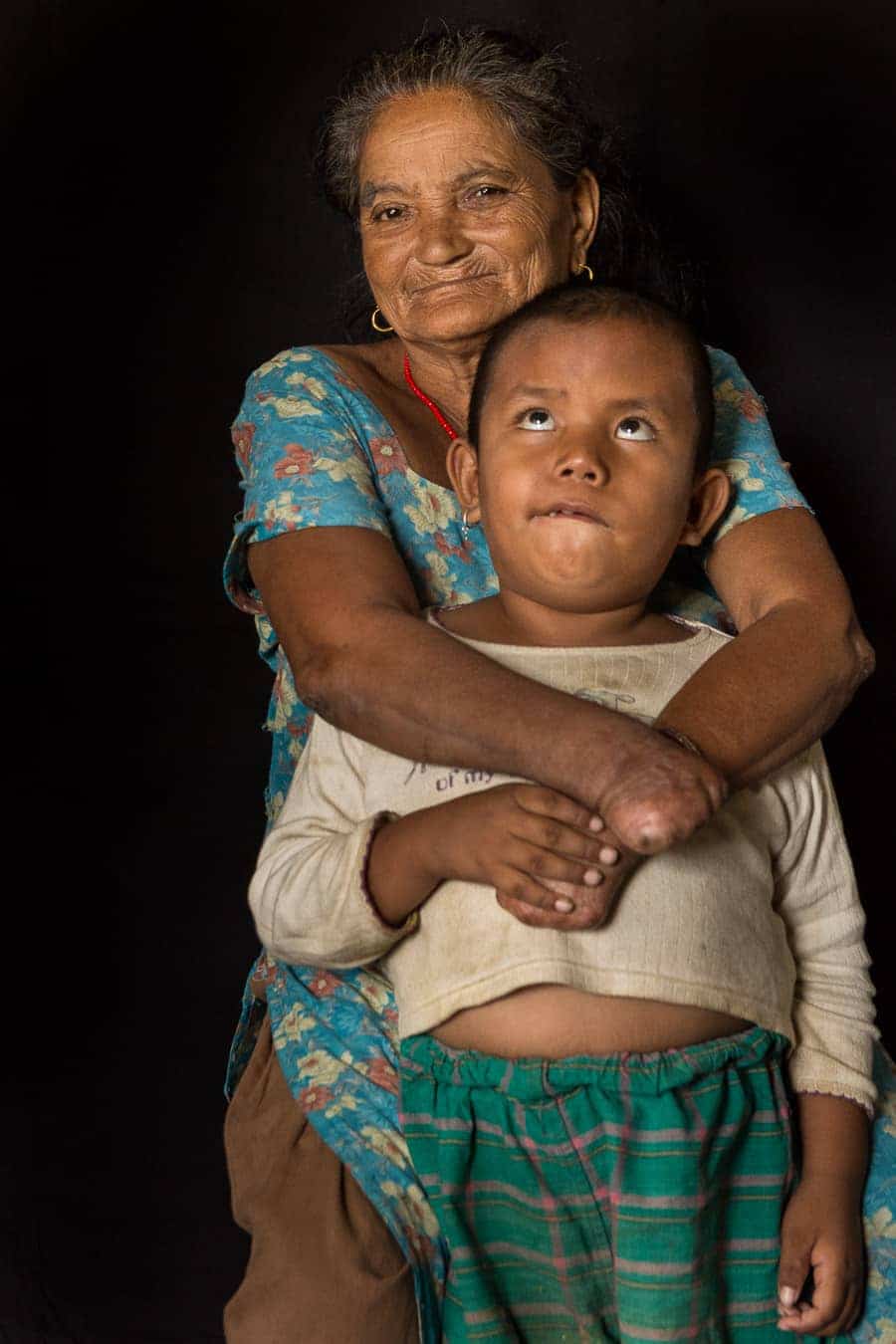
Consider a photo you have provided to a family, a friend, or a co-worker. Think about what that photo might mean to that person twenty or thirty years from now. You might not be in that person’s life any more, but that photo will be. The profound value your photograph will bring to that person is exactly what Kuster’s portraits will bring to the residents of the colony.
These days, a life without photographs is unimaginable. The residents of the leprosy colony live this unimaginable notion, a world without photographs. Kuster has seen the power and emotion when this notion has been shattered. On a remote island in the South China Sea, Kuster witnessed the moment when an Ilin Island native saw herself in a photo for the first time: “When people see their photo for the first time, they can’t believe it. There is shock. Hands over their mouths. They cry. When you see an image of yourself for the first time, you say, ‘I matter. My story is important. My life is important.’”
To help bring that profound sense of importance to the residents of the Khokana Leprosy Colony in Kathmandu, Nepal, visit Kevin Kuster’s GoFundMe page. If every member of the Improve Photography Podcast Facebook group donated $2.27, Kuster’s project would be funded. Donate today.
To read more about Kevin Kuster, visit him on Instagram or his website.
For more about Kevin Kuster’s work and background, visit the following:
“A Day in the Life of Kevin Kuster”
“From Smartphones to Museum Walls”

I don’t know how to use control panel in windows 10 computer system, so i want to get some online Help or following this Homepage to catch all useful information for free and Online. Thank you so much.